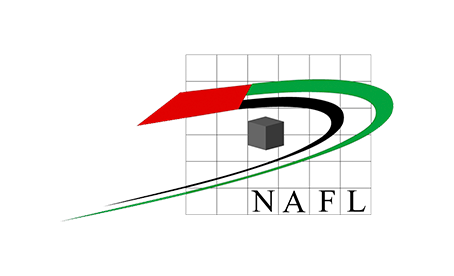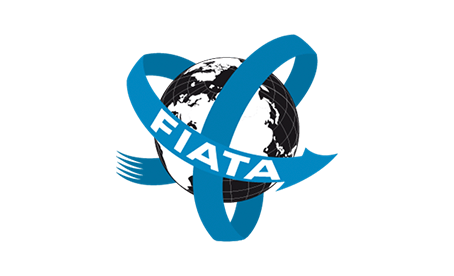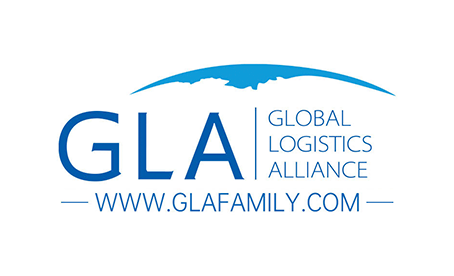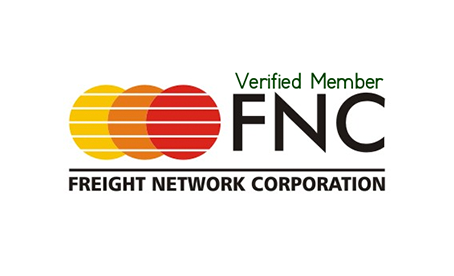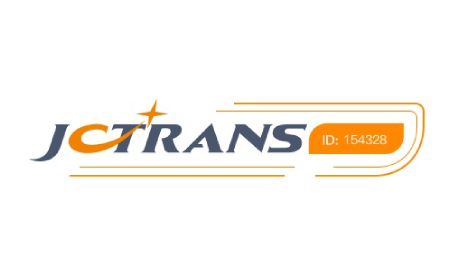Know the Incoterms before shipping!
Import and export laws may be similar in general in each country, but there are many differences between merchants, whether sellers or buyers, regarding international shipping. The parties to any commercial contract, whether seller or buyer, as well as specifying the conditions for each of them according to the rules that were specified in the contract, and through the next lines we will shed light in a more comprehensive manner on those rules, so follow along with us.What does Incoterms mean?
The term Incoterms means international trade terms, as it is an abbreviation of the words International commercial terms, and these terms were published by the International Trade Organization ICC in France, and the first version of those terms appeared in 1936, and since that time those terms are renewed every ten years on Approximately, the latest version of these conditions appeared in the year 2020 in response to the developments that occurred in international commercial transactions.Points included in terms of the Incoterms:
- Delivery point: Incoterms define the point of delivery of goods by the seller to the buyer. It is these conditions that determine the point of transfer of risk and responsibility from the seller to the buyer.
- Transportation costs: It is determined by the Incoterms that the party pays the transportation cost.
- Export and import procedures: Incoterms determine which party arranges import and export procedures.
- Insurance costs: In addition, the terms of international trade determine who bears the costs of insurance.
Who uses the Incoterms?
- Direct from: Incoterms are used by the seller and buyer- Indirectly: The terms of international trade are used by banks, insurance companies, freight agents, transport, logistics service providers, judges, and anyone who performs services associated with commercial operations.
Classification of Incoterms based on the mode of transport:
International trade terms consist of eleven terms, divided in terms of mode of transport into two parts, the first of which is seven commercial terms used in any means of transportation, even in the absence of using sea transportation. The second is four terms used in shipping, whether at sea or lanes Inland water and these four terms are what we will shed light on in the following lines.Incoterms Shipping Terms
1- Delivery of goods on board (FOB)
Transportation Type: sea freightFOB, stands for Free onboard, as the seller bears all costs and risks until the shipment is delivered to the carrier specified by the buyer at the point where the goods are loaded on board, as required in the contract containing the FOB clause The seller has to deliver the goods on board the ship that was specified by the buyer at a particular port, and the seller also has to arrange customs clearance procedures, on the other hand, the buyer bears the cost of transporting sea goods, bill of lading fees, insurance, unloading, and transportation cost from the port of destination to the final destination.
2- The cost of the goods and freight to the port of destination (CFR)
Type of transportation: sea freightIn this CFR, the seller pays for the goods to be transported to the port of destination specified by the buyer. This means that the seller bears the costs of origin including export clearance and freight costs for transportation to the specified port, with the risk transferred to the buyer when all goods are loaded on the back The ship is in the country of origin, and he can buy insurance if the buyer asks the seller to get insurance on the goods, and the CFR clause can be used for non-container shipping and transport through inland waterways.
3- The cost of the goods including insurance and freight (CIF)
Mode of transportation: sea freightMuch the same as the CFR clause, except that the seller has to take out insurance for the goods while the shipment is in transit, that the seller transfers the risk to the buyer when the shipment is loaded onto the carrier, that the seller also arranges for the primary carrier (the seller is the shipper), and that The CIF clause can be used for non-containerized sea freight and inland waterway transportation
4- Free Shipping by Ship (FAS)
Mode of transportation: sea freightIn this method, the seller's responsibility ends completely when he delivers the goods next to the ship at the quayside without loading on board the ship, and the buyer bears all costs related to transportation, insurance, and examination of the goods, and also the buyer bears the responsibility of all risks that arise due to damage to the goods during loading and transportation We find this method suitable only for sea transportation or transportation in the country's waterways.
5- Receipt of goods from the factory land or origin (EXW)
Mode of transportation: multipleThe goods are received from the land of the factory that manufactured them, and here the seller bears the least amount of responsibility as the goods are delivered to the buyer in his warehouses, that is, the delivery point is the seller’s headquarters, where the buyer pays for export from the seller’s headquarters until the goods arrive at their destination. The buyer arranges all transportation, and the buyer also pays for the insurance, and EXW is often used during the provision of initial prices for contracts for sale.
6- Delivery to buyer’s destination with payment of customs duties and taxes (DDP)
Mode of transportation: multipleWhere the goods are delivered at the buyer’s site and all fees, whether customs, transport, or clearance, are paid, and all fees for importing and transporting goods are paid and insured, and in the case of sea freight, the seller is the shipper of the goods, and the seller bears the greatest responsibility, as he bears the responsibility for the delivery The goods are delivered to the buyer’s premises, and the point of delivery is the buyer’s headquarters or any place agreed upon between the seller and the buyer.
7- Delivery to the specified place in the country of origin (FCA)
Mode of transportation: multipleIn this method, the buyer determines the identity of the carrier of the goods and the place of their delivery, and this must be mentioned in the contract between him and the seller, and the responsibility entrusted to the seller ends completely when the goods have passed all export processes, completed all customs procedures, and delivered the goods to the carrier, then the responsibility and risks are transferred entirely on the shoulders of the buyer. The buyer, buyer also bears all costs of shipping and insurance, and in this way, the buyer can use all shipping methods and means of transportation.
8- Delivery to buyer's destination with payment of freight (CPT)
Mode of transportation: multipleThe seller pays the main transportation costs in order to bring the shipment to the place agreed upon with the buyer, and the seller is responsible for all origin costs, including the costs of export customs clearance procedures and transportation costs until the shipment reaches its destination, and the risk is transferred from the seller to the buyer once deliver The goods are transferred to the main carrier, and the buyer makes all insurance arrangements from the point of delivery and pays the insurance costs.
9- Carriage and Insurance Paid to Delivery at Specified Destination (CIP)
Mode of transportation: multipleIn a CIP method, the seller delivers the goods to the lead carrier with all risk transferred to the buyer upon completion of the delivery to the carrier, and the seller arranges and pays to the main carrier, where the seller is the shipper, the shipment is brought to the agreed destination with the buyer and arranges The seller also insures the goods on behalf of the buyer to cover the risk of the buyer, and here the seller pays for the insurance but the risk is not with him as the seller arranges insurance to cover the buyer's risks, and here it requires the seller to arrange insurance equal to 110% of the value of the goods under the minimum insurance claim, The buyer must also ensure himself against any additional risks he thinks he needs to insure against.
10- Delivery at destination (DAP)
Mode of transportation: multipleThis term means that the seller delivers the shipment to the destination and unloads the shipment from the means of transport coming in, and we find that the seller bears all costs and risks in bringing the goods to the destination, and the seller pays export fees, transport, insurance and port of arrival fees, and bears Buyer all import duties and unload merchandise.
11- Delivery at the customer or buyer’s site (DAT)
Mode of transportation: multipleIn this method, the seller delivers the shipment with all the risk transferred to the buyer when the shipment is placed at the buyer's disposal at the final destination station, where the buyer becomes responsible for paying duties and taxes, as well as any further transportation to the specified destination, and the seller in this method pays all Export duties, transportation, insurance, port of destination fees and unloading of goods where the seller bears the risks and costs associated with the supply of goods to the delivery station and their unloading, meaning that the seller deals with the final unloading of the goods.


 Track Your Shipment
Track Your Shipment
 Online Enquiry
Online Enquiry
 Sign In
Sign In
 English
English
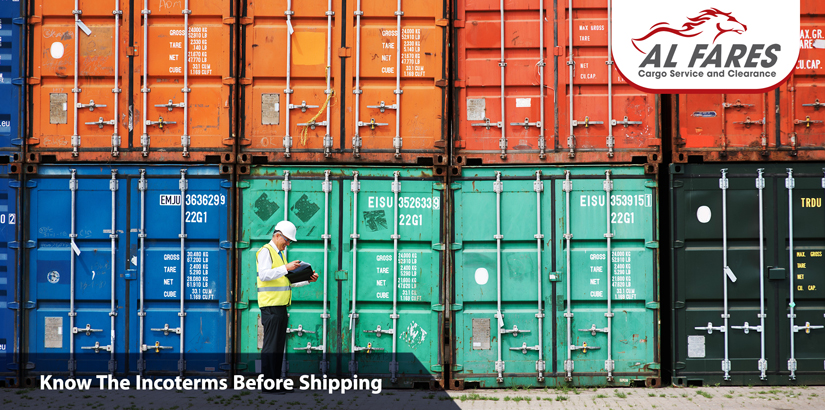
 Alfares Cargo
Alfares Cargo
 Logistic Informations
Logistic Informations
 2023-06-10
2023-06-10




